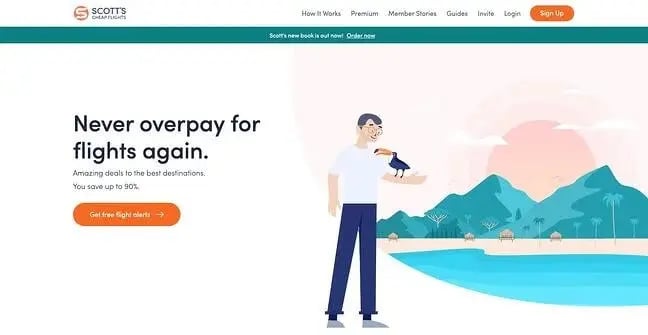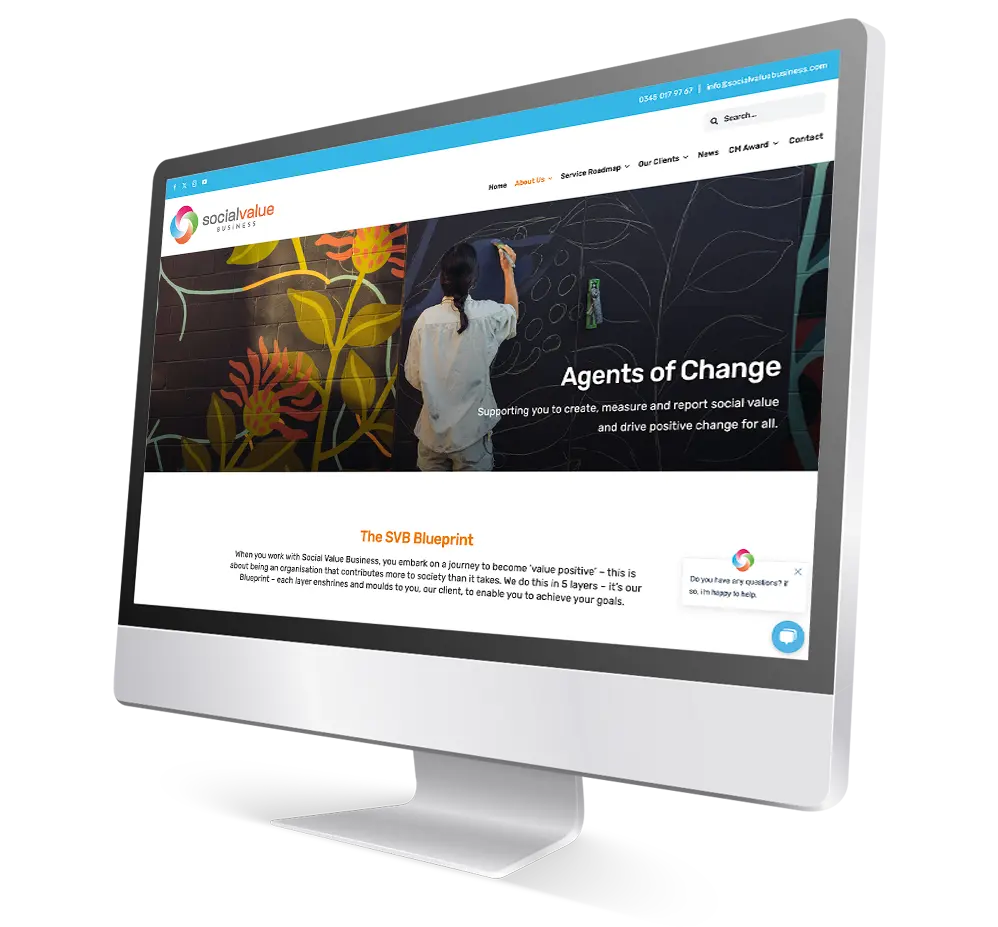Necessary Tips for Crafting High-Impact Website Layouts
In the realm of digital advertising, the design of a web site works as an important touchpoint for involving potential customers. To produce high-impact site styles, one must think about crucial components such as audience understanding, user experience, and aesthetic pecking order. Each of these parts plays a crucial duty in not just drawing in site visitors however also in helping with significant interactions. The interplay in between these elements can be nuanced and intricate, raising the question of how to successfully balance them to attain optimal results. Discovering these techniques can bring about transformative results for your on the internet visibility.
Understand Your Target Market

To properly comprehend your audience, start by performing demographic analyses to collect information on age, gender, location, and rate of interests - website design. This info functions as a structure for developing user personas, which represent the crucial characteristics of your target market. These characters guide decision-making in style aspects and content strategy, making certain placement with user assumptions
Furthermore, assessing user actions via tools like Google Analytics can disclose just how visitors connect with your website. Metrics such as bounce prices and time on page can highlight areas that need renovation or change. User studies and feedback also provide invaluable insights into preferences and pain points.
Inevitably, a deep understanding of your audience is not just valuable yet important. It encourages developers to create more pertinent, attractive, and useful websites that promote a positive customer experience and drive desired outcomes.
Prioritize Customer Experience
When creating an internet site, prioritizing customer experience (UX) is critical to achieving both user satisfaction and organization goals. A well-crafted UX guarantees that visitors can browse the website effortlessly, locate the details they need, and engage with content properly. To complete this, it is critical to adopt a user-centered design method that involves understanding individual requires, choices, and actions.
Beginning by carrying out complete research, consisting of user surveys and functionality screening, to gather understandings right into exactly how customers engage with your site. This information need to inform design choices, making certain that layouts and features straighten with user expectations. Streamlined navigating is crucial; site visitors should have the ability to find info swiftly without unnecessary clicks or complication.
Furthermore, think about the filling rate of your site. A slow-loading website can lead to high bounce rates, negatively impacting individual experience. Enhance pictures and scripts to enhance performance.
Last but not least, make certain that your site is available to all users, including those with impairments. Complying with accessibility standards not only expands your audience but likewise cultivates inclusivity. By prioritizing UX, you lay the structure for a successful web site that fulfills both individual needs and business objectives.
Embrace Visual Power Structure
A well-structured aesthetic pecking order plays a significant duty in boosting customer experience by leading site visitors' attention to the most important aspects of a website (website design). discover this info here By tactically arranging web content, developers can develop a clear path for customers to follow, ensuring they involve with necessary details successfully
To implement visual hierarchy, start by making use of dimension and range. Bigger aspects normally draw the eye, making them perfect for headings or calls to action. Complement this with contrasting shades that highlight vital locations, as vivid colors can develop centerpieces that catch attention.
Furthermore, the positioning of aspects on the page is vital. Leading the viewer's look with the format can be achieved by placing important information on top or in the center, where users generally start their aesthetic journey. Incorporating whitespace around components can additionally boost quality, making it less complicated for individuals to refine info without really feeling bewildered.
Lastly, using typography properly adds to aesthetic power structure. Different font style designs, weights, and dimensions can represent relevance, assisting individuals via the content seamlessly. By welcoming these principles, developers can create an user-friendly experience that cultivates engagement and motivates customers to explore further.
Enhance for Mobile
Mobile optimization is important in today's electronic landscape, as a significant portion of web traffic comes from smart phones. To guarantee a seamless customer experience, web sites have to be designed with mobile individuals in mind. This involves utilizing receptive web style methods that adapt the format, pictures, and message to fit numerous screen dimensions while maintaining performance and visual appeals.

Touch targets, such as buttons why not check here and links, should be suitably sized, guaranteeing they are easily tappable without mistakes. Ensure that kinds are mobile-friendly by minimizing input fields and utilizing dropdowns where suitable, enhancing the user experience.
Last but not least, test your site across various mobile phones and web browsers to determine any issues that may impact functionality. By prioritizing mobile optimization, you not just improve customer satisfaction but additionally favorably impact your website's search engine ranking, hence attracting more site visitors and improving general involvement.
Implement Solid Branding
A well-defined brand not just separates you from rivals but likewise promotes trust fund and loyalty amongst your audience. This identification needs to be reflected constantly across all electronic touchpoints, including your website, social media, and email communications.
Visual components such as logos, color design, and typography play a crucial role in branding. Select a color scheme that resonates with your target market and shows your brand individuality. Ensure that your logo is functional and prominently shown on your website, improving brand name acknowledgment.
Web content is equally vital; your tone of voice must line up with your brand identity, whether it's specialist, friendly, or authoritative. Involving narration can even more strengthen your brand name, creating a psychological link with customers.
Final Thought
In go to my blog conclusion, crafting high-impact website styles necessitates a multifaceted method that encompasses recognizing the target market, prioritizing user experience, and welcoming visual pecking order. By incorporating these aspects, sites can effectively involve individuals, facilitate seamless navigating, and foster emotional connections that improve brand identity.
To create high-impact internet site layouts, one have to take into consideration necessary components such as target market understanding, customer experience, and visual hierarchy.When designing a web site, focusing on customer experience (UX) is paramount to achieving both customer contentment and business purposes.Begin by carrying out detailed study, including customer surveys and usability testing, to collect understandings right into exactly how users interact with your website. To guarantee a seamless user experience, web sites have to be created with mobile customers in mind.In verdict, crafting high-impact site designs demands a complex strategy that incorporates comprehending the target market, focusing on individual experience, and welcoming aesthetic pecking order.